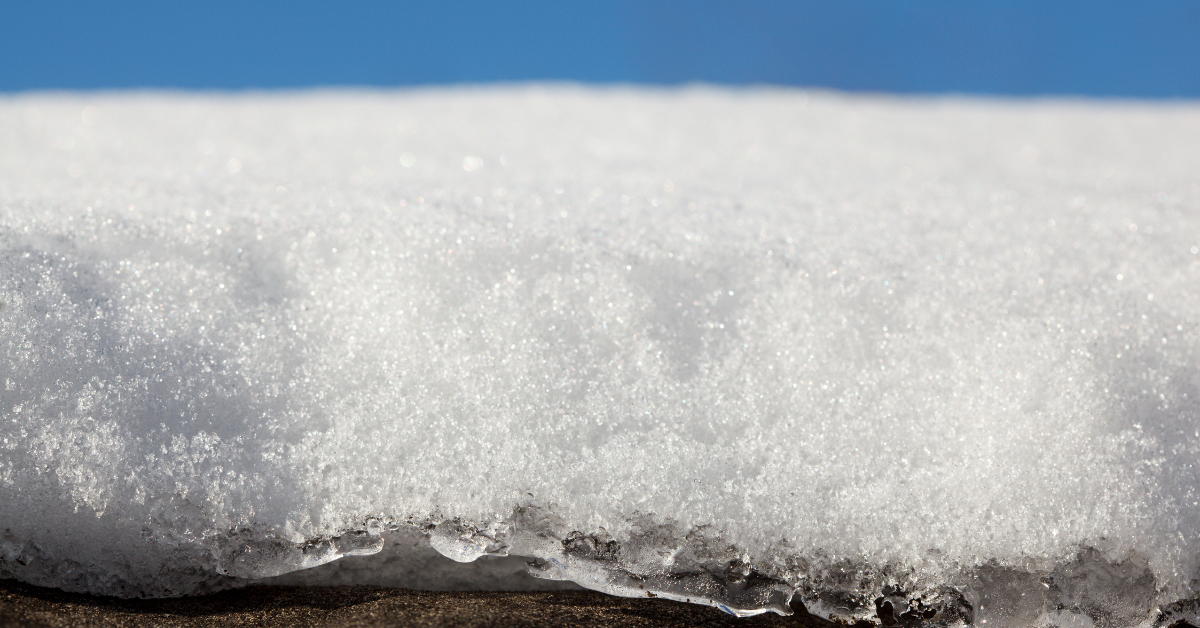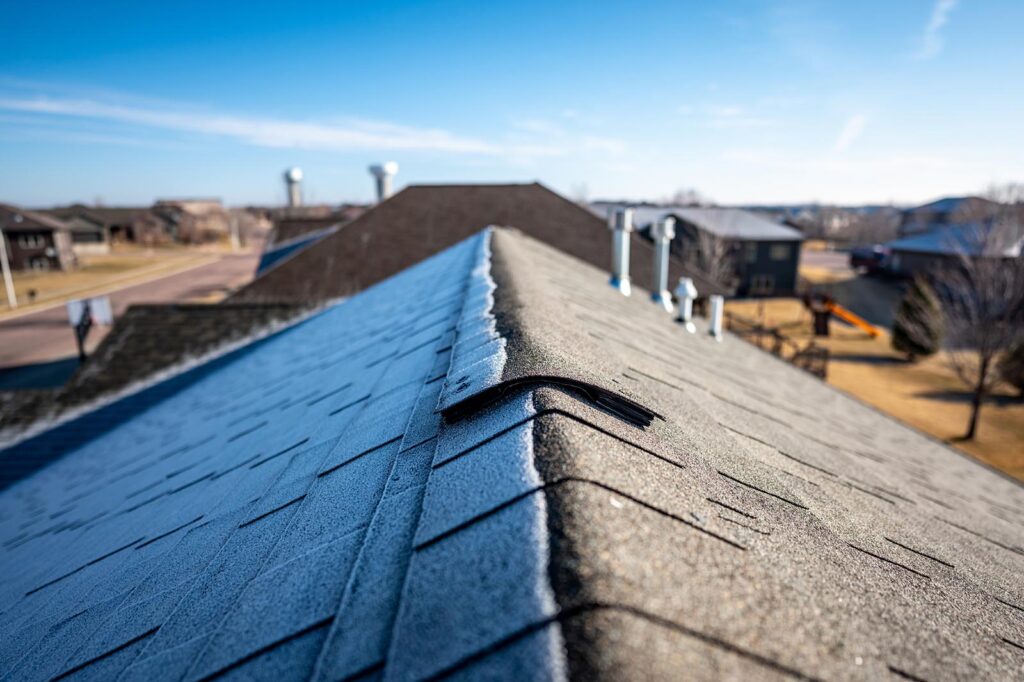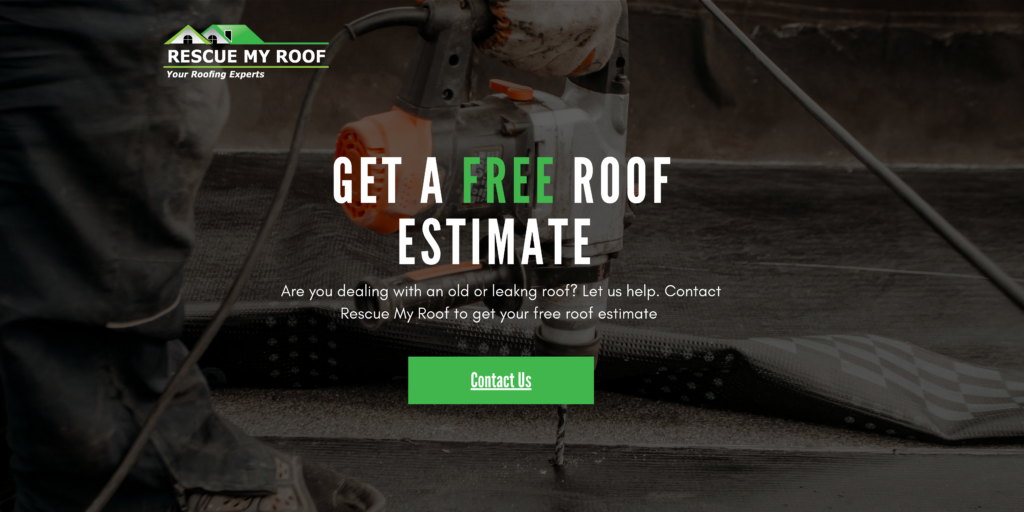How Freeze-Thaw Cycles Impact Your Roof (and How to Prevent Damage)
Winter weather can be tough on your home, but few things take a beating quite like your roof. One of the biggest threats? The freeze-thaw cycle.
This natural process occurs when temperatures fluctuate around the freezing point, causing water to expand and contract. Over time, this can lead to serious roofing issues, from cracked shingles to major leaks. But can you prevent these issues?
For over a decade, Rescue My Roof has been dedicated to helping homeowners protect their homes. Now, we’re here to help you, too.
Understanding how freeze-thaw cycles impact your roof—and how to prevent damage—can save you from costly repairs down the road. This article will cover everything you need to know about these cycles. Ultimately, you’ll be equipped with the knowledge to protect your home for a lifetime.
What Is the Freeze-Thaw Cycle?

The freeze-thaw cycle happens when snow or ice melts during the day due to sunlight or rising temperatures, then refreezes at night as temperatures drop. This repeated expansion and contraction puts stress on your roofing materials, leading to cracks, gaps, and other damage.
How Freeze-Thaw Cycles Damage Your Roof
Because of the constant expansion and contraction of the shingles in the winter months, roof damage can occur. Here are some issues you can expect:
1. Cracked and Broken Shingles
When water seeps into small cracks in shingles and freezes, it expands, making the cracks larger over time. Eventually, shingles can break apart, leaving your roof vulnerable to leaks.
2. Ice Dams
Ice dams form when melting snow refreezes at the roof’s edge, creating a barrier that prevents water from draining properly. This trapped water can back up under shingles, leading to leaks and structural damage.
3. Compromised Flashing
Roof flashing, which seals gaps around chimneys, vents, and skylights, can be weakened by the freeze-thaw cycle. As it expands and contracts, it may pull away from the roof, creating entry points for water.
4. Gutter Damage
Gutters clogged with ice and debris can become heavy and start to sag or even detach from the roof. When ice expands, it can also cause cracks and splits in metal gutters.
5. Water Intrusion and Structural Issues
As the freeze-thaw cycle repeats, water can work its way deeper into your roofing system, soaking the underlayment and even reaching the attic or interior walls. Over time, this can lead to mold growth, wood rot, and insulation damage.
How to Prevent Freeze-Thaw Roof Damage

Keep Your Gutters Clean – Clear gutters of leaves and debris to allow melting snow and rain to drain properly.
Improve Attic Insulation and Ventilation – A well-insulated and ventilated attic helps regulate temperature, preventing uneven melting that causes ice dams.
Install Ice and Water Shields – These protective underlayment layers act as barriers against water infiltration in vulnerable areas.
Schedule Regular Roof Inspections – Have a professional check for signs of damage and make necessary repairs before winter arrives.
Use a Roof Rake – Removing excess snow with a roof rake can help prevent ice dam formation and reduce the risk of water pooling.
Protect Your Roof This Winter
The freeze-thaw cycle is an unavoidable part of winter, but with proper maintenance and preventative measures, you can minimize its impact on your roof.
If you notice signs of damage, don’t wait—addressing small issues early can prevent costly repairs later. Stay ahead of winter’s worst and ensure your roof is ready to handle the season!
Learn more with “How Frost and Freezing Temperatures Affect Your Roof” and “Common Winter Roof Repairs & How to Avoid Them.”
Are you noticing the signs of leaking or damage on your roof? Rescue My Roof can help. Contact us today to get a free estimate.


